
Sep 6, 2020 | 2020 Relevant, Central Banking Elite
DPROGRAM IS A REVOLUTIONARY NEWS SITE COUNTERING THE CORRUPT MAIN-STREAM MEDIA AND EXPOSING THE BANKERS, CORRUPT POLITICIANS, CORPORATIONS, TPTB AND THEIR STRATEGY FOR ENSLAVING THE PLANET

Sep 5, 2020 | 2020 Relevant, Black Technology, Globalist Corporations
Was it a mere coincidence that on the very same day that Facebook launched – February 4, 2004 – a Pentagon civilian spy project called LifeLog shut down?

Aug 9, 2020 | Globalist Corporations, Hollywood Programming, Video
Truth is diamonds are NOT rare … Corporate greed has made them rare
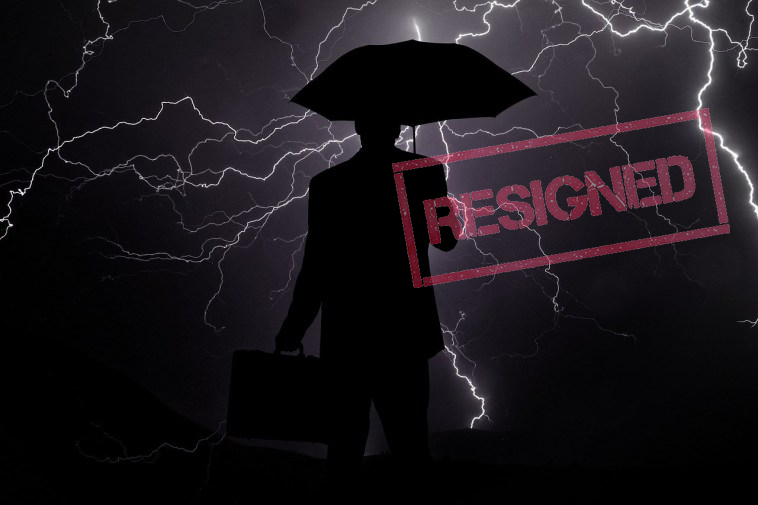
Aug 1, 2020 | 2020 Relevant, Globalist Corporations
In the months prior to the most ferocious stock market crash in history and the eruption of the biggest public health crisis of our generation, we witnessed the biggest exodus of corporate CEOs that we have ever seen. And as you will see below, corporate insiders also sold off billions of dollars worth of shares in their own companies just before the stock market imploded.
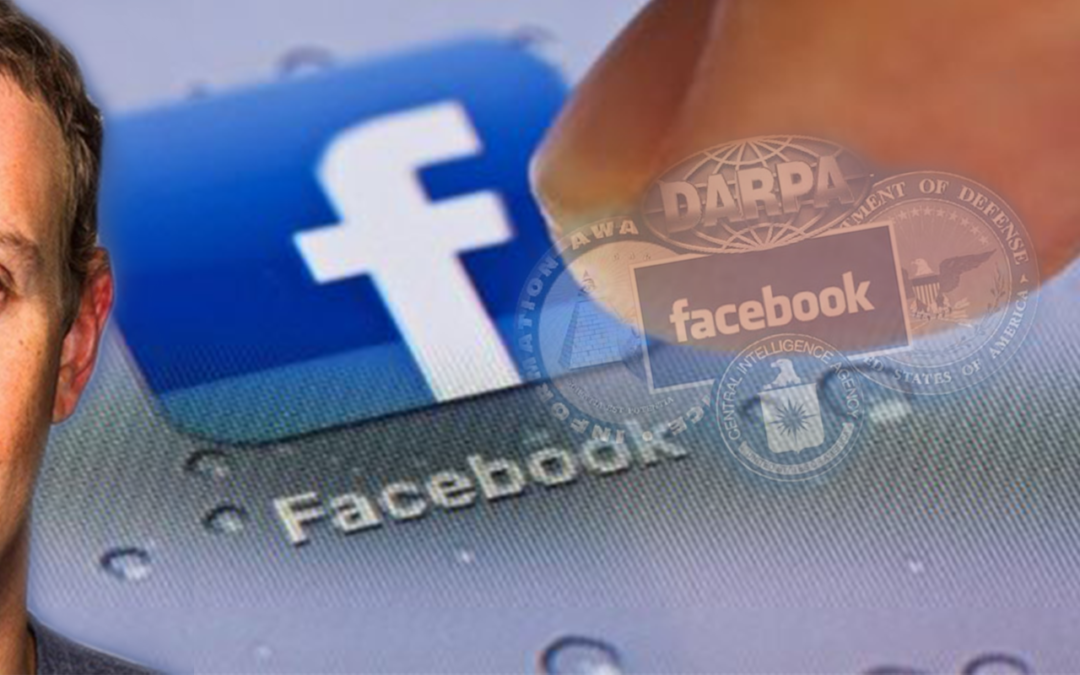
Sep 24, 2019 | 2020 Relevant, Globalist Corporations, Leaks, News
We all know that Facebook had some shady beginnings.. stolen code.. angel investment via outed CIA ‘front company’ In-Q-Tel, and it goes on.. What if Zuck really was just the chosen puppet leader

Aug 31, 2015 | 2020 Relevant, Central Banking Elite
FACTS ABOUT THE GLOBAL BANKING MACHINE GLOBAL BANKING MACHINE The global banking industry is the largest organised crime syndicate in human history – getting away with it because of our ignorance, their forceful control of our governments and almost everything...

Aug 3, 2015 | Central Banking Elite
Russian research on the Vanguard corporation, the secret power controller of the much of the Western corporate power structure.The four companies that are present in all cases below and in all decisions: Vanguard, Fidelity, BlackRock and State Street. All of them...
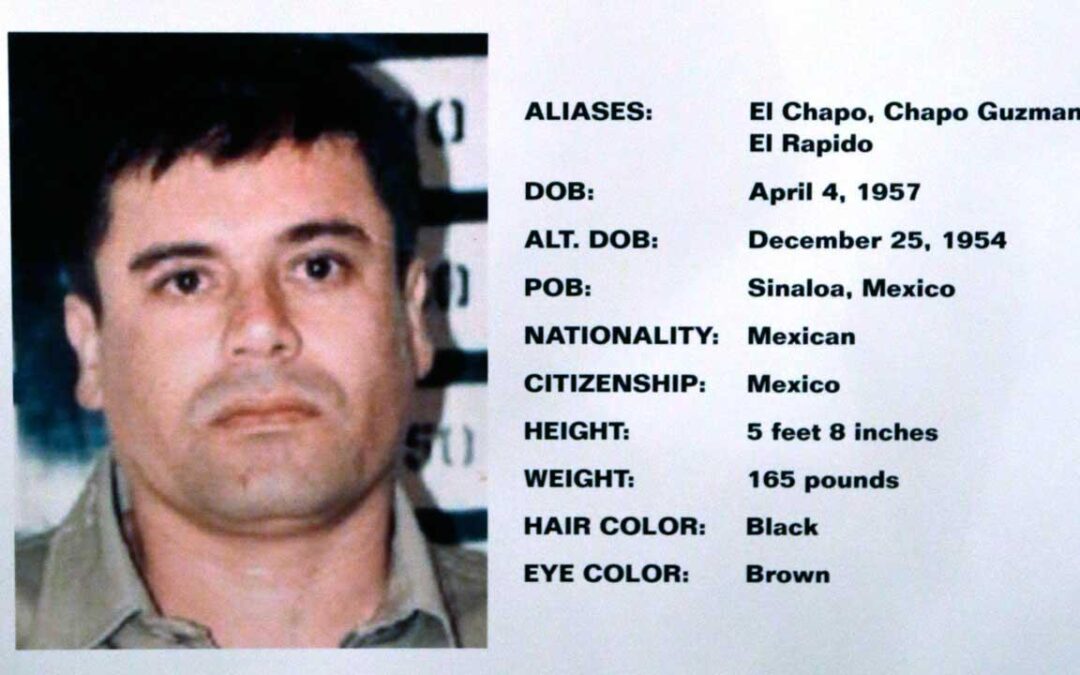
Jul 19, 2015 | Globalist Corporations, News
El Chapo Guzman’s Release So I’m certain you’ve seen the news non stop, Chapo escaped, again. Happened on a Saturday night, he disappeared from the view of a surveillance camera in his cell and went underground into a tunnel under the Altiplano maximum security...

Jun 25, 2015 | Globalist Corporations, News
A mere cursory glimpse into the future foretells of a world in which the Internet has been integrated into almost every facet of our lives. However, the flood of smartphones, laptops, and “Internet of Things”-enabled devices in recent years has led it to expand at a...

Aug 15, 2014 | Globalist Corporations, News
In less than 15 years, the United States’ airline industry has shrunk from ten airlines in the sky to just the big four that are left today. (Photo via Shutterstock) There’s a stunning lack of choice for American consumers today, and nowhere is that more...
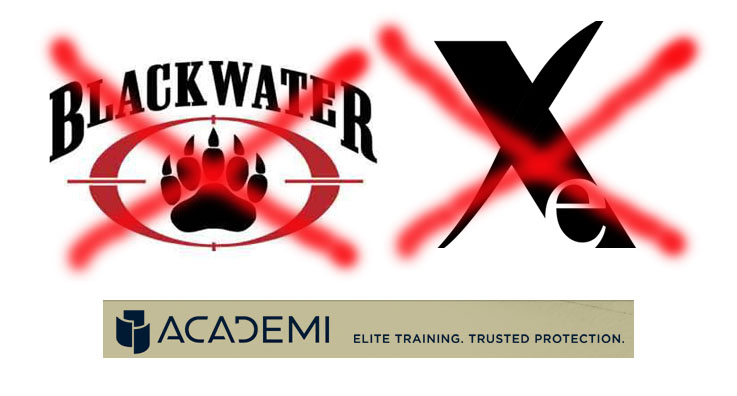
Jul 2, 2014 | Globalist Corporations, News, WAR: By Design
Even the mightiest have their come-uppance when their internal logic spews out destructiveness returning on the self—“blowback” in a way perhaps not seen before. I refer to James Risen’s extraordinary article in the New York Times, “Before Shooting in Iraq, a Warning...
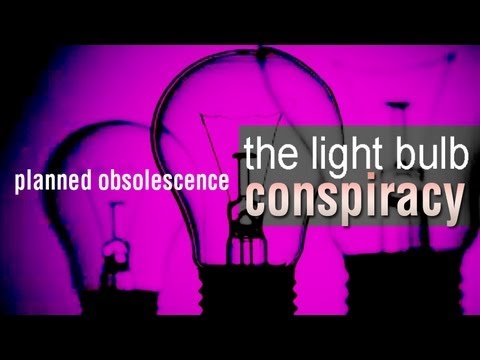
May 15, 2014 | 2020 Relevant, Globalist Corporations, Video
Planned obsolescence (OR PROGRAM) is the deliberate reduction of the useful life of products, to ensure frequent repurchases and consumption. In the past, products were built to last. Then, in early 1920, a group of industrial reached the following conclusion:...
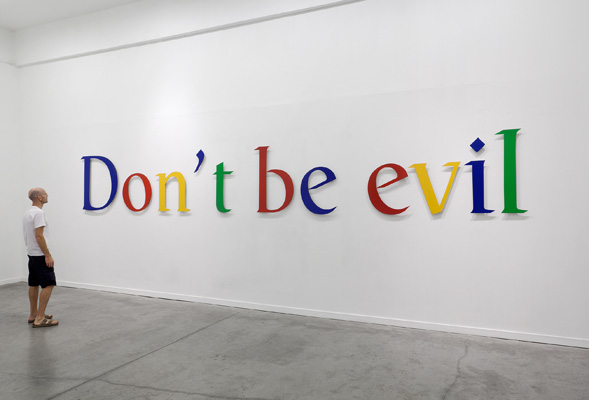
May 15, 2014 | Globalist Corporations, Leaks, News
I am a former Google employee and I am writing this to leak information to the public of what I witnessed and took part in while being an employee. My position was to deal with AdSense accounts, more specifically the accounts of publishers (not advertisers). I was...
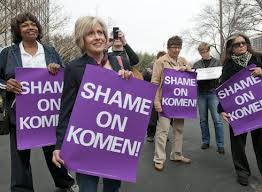
May 14, 2014 | 2020 Relevant, Globalist Corporations, Nature Body Mind
It’s time to demand an end to the cover-up of the leading cause of breast cancer – tight bras. It’s been 20 years since our research showing a major link between breast cancer and the wearing of tight bras for long periods of time daily was announced to cancer...
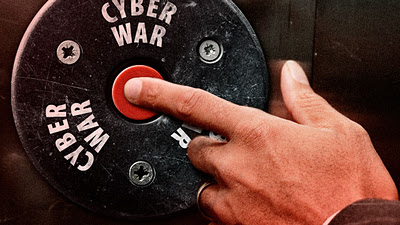
May 14, 2014 | Globalist Corporations, Video, WAR: By Design
War For those who are completely new to the Palantir Platform or could simply use a refresher, this talk will start from scratch and provide a broad overview of Palantir’s origins and mission. A live demonstration of the product will help to familiarize...
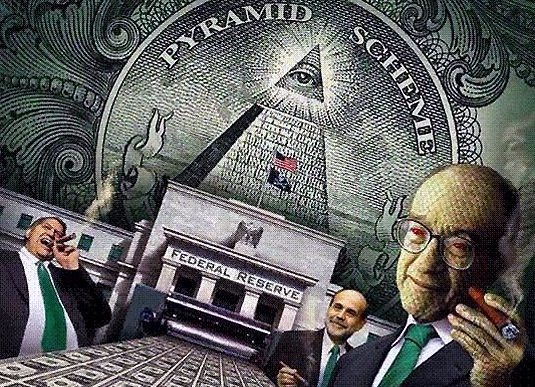
Dec 18, 2013 | Central Banking Elite, Globalist Corporations, News, Secret Societies
By Jimmy Mengel, Outsider Club “Facts do not cease to exist because they are ignored.” — Aldous Huxley So who really controls the world? The Illuminati? Freemasons? The Bilderberg Group? Or are these all red herrings to distract your prying eyes...
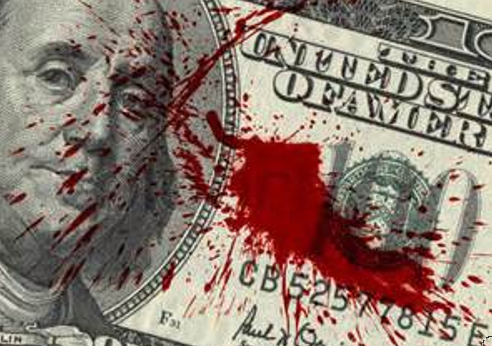
Dec 11, 2013 | Globalist Corporations, Nature Body Mind, News
If you had a business selling something that made you well over a hundred billion dollars per year, would you take steps to eradicate the need for your business? Or would you make every effort for that money continue rolling in? Take cancer, for example. Don’t let all...
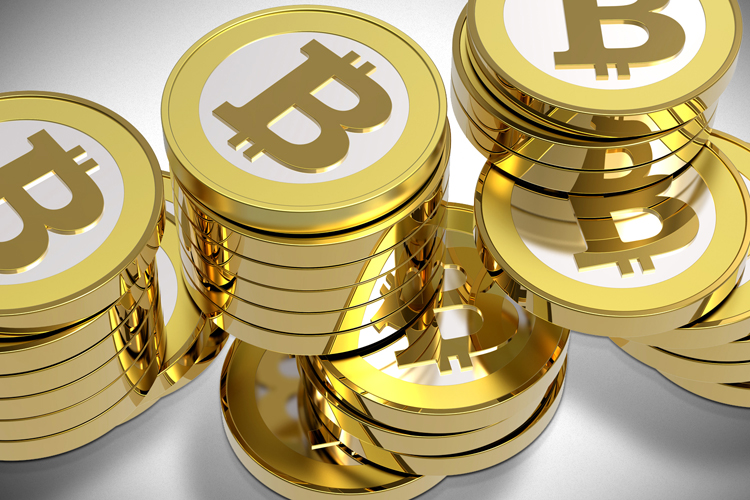
Dec 7, 2013 | Central Banking Elite, News
I’m finishing up a novel, a piece of speculative fiction in a genre you could call “economic-thriller”. The Mark of the Beast? In the book, the dollar crashes in a hyperinflationary fire (natch), replaced by a new currency called the american. The exchange rate at the...
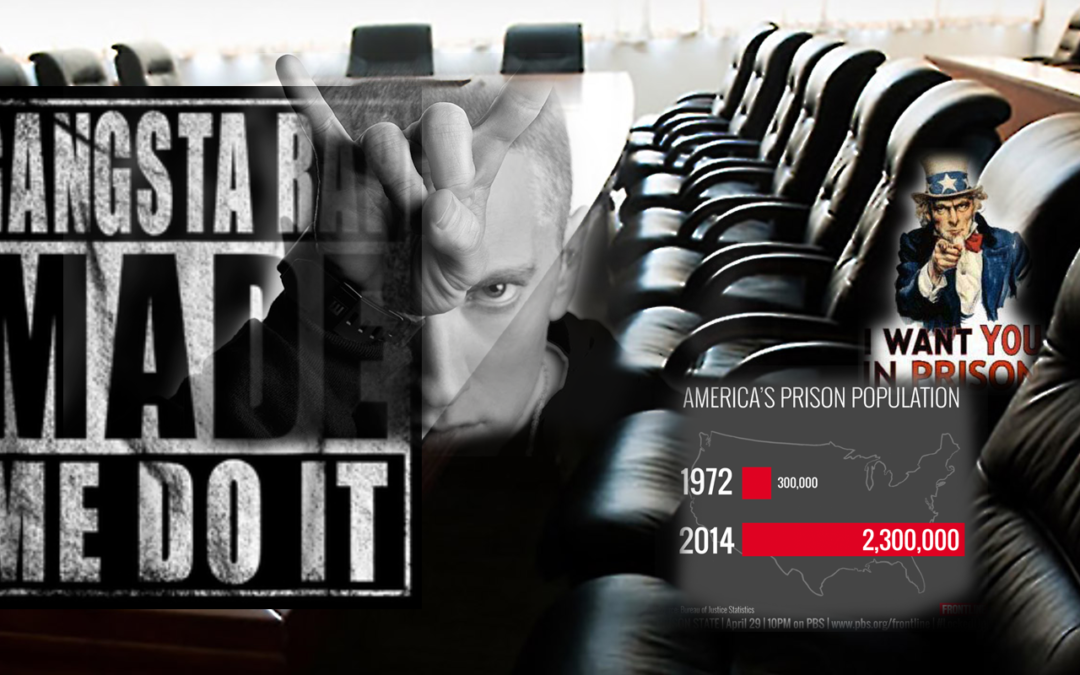
Sep 5, 2013 | 2020 Relevant, Globalist Corporations, Leaks
written by a former music executive who says he witnessed a secret meeting in 1991 where the prison industrial complex encouraged the music industry to promote rap artists who glorify crime with the goal of encouraging listeners to get locked up in prison, so the private prisons could make more money
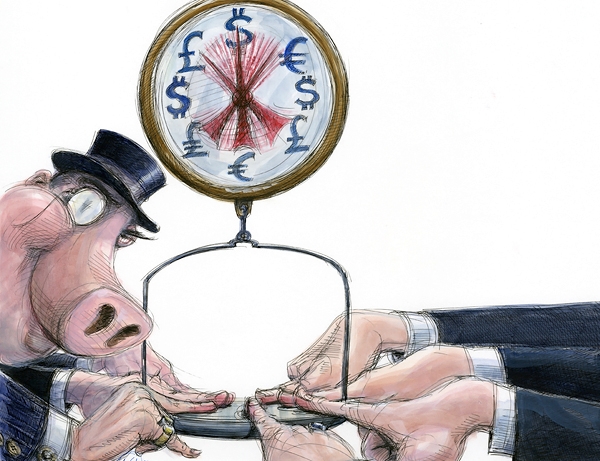
May 3, 2013 | Central Banking Elite
The Illuminati were amateurs. The second huge financial scandal of the year reveals the real international conspiracy: There’s no price the big banks can’t fix Conspiracy theorists of the world, believers in the hidden hands of the Rothschilds and the...
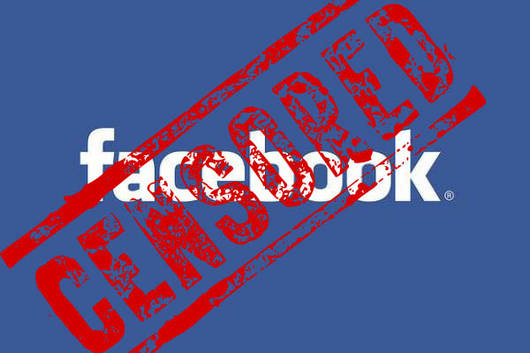
Dec 28, 2012 | Abuses of Power, Globalist Corporations, News
You will notice Decrypted Matrix no longer operates a Facebook Page. Within the last few days we have willfully resigned from the service and shut down all pages and profiles. This new information below proves that was an appropriate course of action. -Max...

Dec 16, 2012 | Government Agenda, Secret Societies
Universal socialized healthcare has long been the goal of the Vatican and its Secret Societies. So when U.S. Supreme Court Chief Justice John Roberts single-handedly forced United States citizens to accept President Obama’s unsavory and heavily socialist “ObamaCare”...
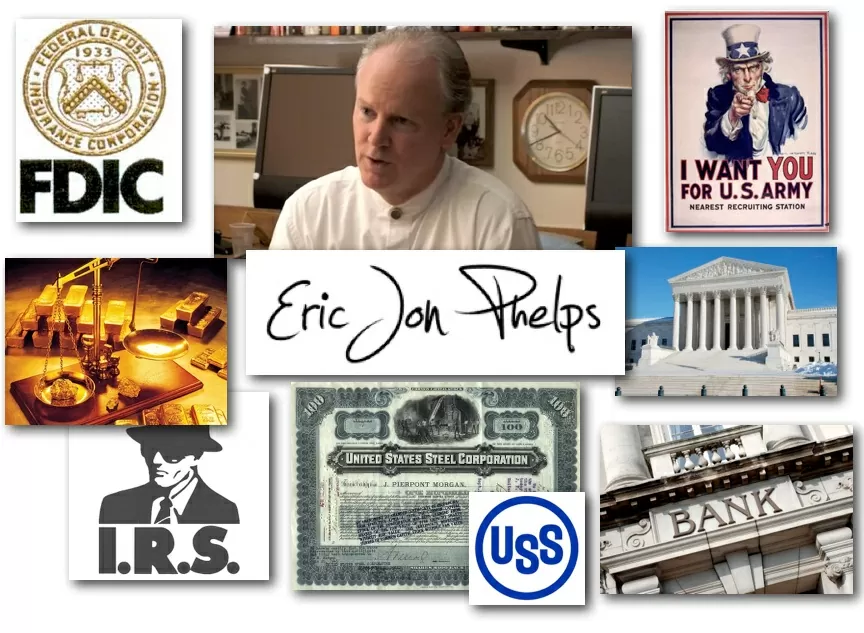
Dec 13, 2012 | Central Banking Elite, DCMX Radio, Secret Societies
Eric Blows the lid on Banking Laws by intentional Mis-direction and Sub-version of the people! INCREDIBLE! Quick Notes From the Show: Jesuit Order – Killed Abe Lincoln Andrew Johnson, became disobedient [to the Order] Impeached, went to Senate John...
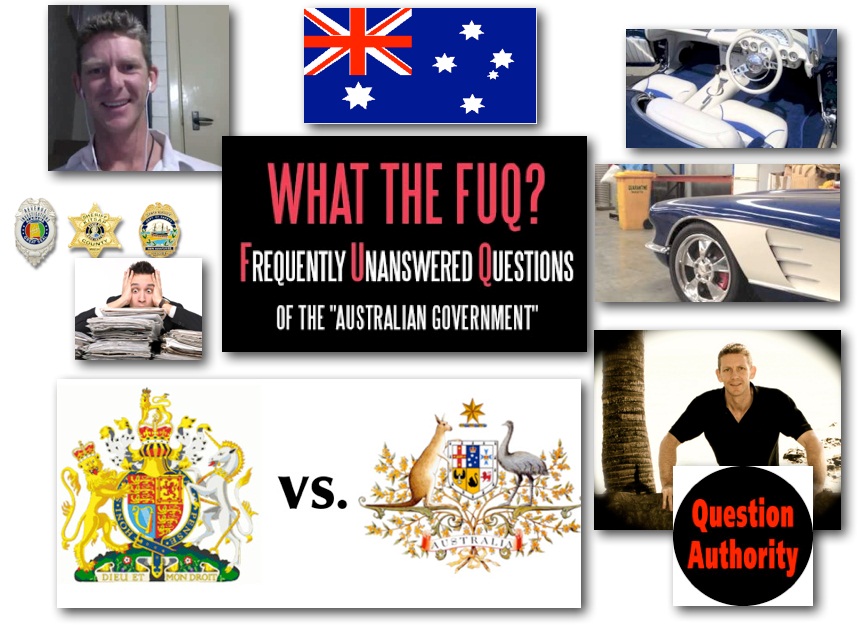
Dec 11, 2012 | DCMX Radio, Globalist Corporations
Frequently Unanswered Questions – of the “Australian” Government Which “government” do you presume to be dealing with..? Onus rests on those claiming Government authority to prove it…Only if YOU demand the evidence!...
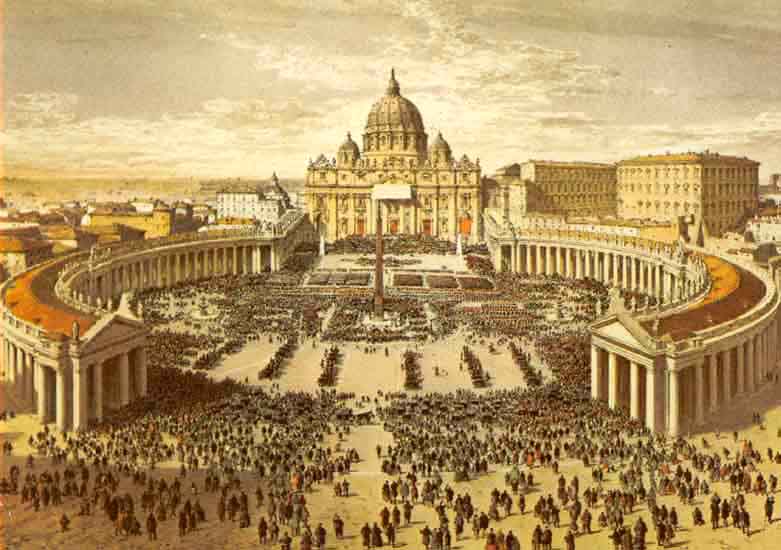
Dec 11, 2012 | News, Secret Societies
The leader of the Catholic Church, Pope Benedict XVI, has called for the establishment of World Government and a New World Order. In a speech made at the Pontifical Council for Justice and Peace on Monday December 3 2012, the Pope called for the “construction of a...

























